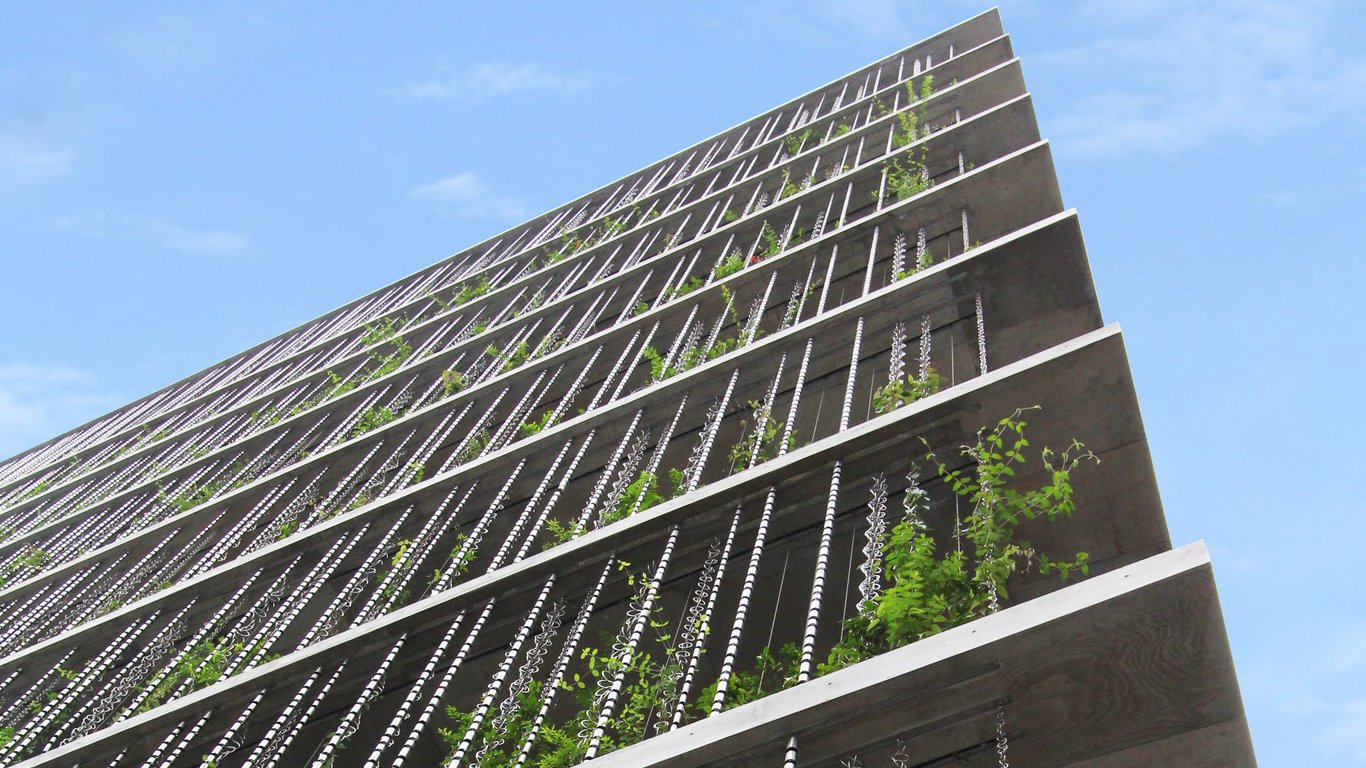About rainwater chain-specific roof drains: Types of roof drains and how to connect them to rainwater chains.

1.Type of Roof Drains

The common type of roof drain is shown in the provided photo and diagram. If you have the opportunity to visit the rooftop of a large building and look around, you will likely come across roof drains of this shape. These drains serve the purpose of guiding rainwater from the rooftop into vertical pipes (rain chains) for drainage to the lower floors while simultaneously collecting debris such as fallen leaves.
Note: Note: Photo and diagram courtesy of Kaneso Co., Ltd. Product name: EMR-1-50.

The intermediary drain receives water collected from upper floors via vertical pipes (rain chains), allowing drainage of surrounding water simultaneously. While its shape closely resembles that of a standard roof drain, it features an opening on the top surface to accommodate the vertical pipes extending from above, facilitated by a mesh-like component called a strainer (see diagram 1). Strainers are included with both standard roof drains and intermediary drains, serving the common purpose of collecting debris such as fallen leaves and preventing them from obstructing drainage flow.
Note: Note: Photo and diagram courtesy of Kaneso Co., Ltd. Product name: EMR-1-50.
2. When Continuously Installing Rain Chains on Roof Drains on Each Floor
When connecting rain chains continuously from upper to lower floors, there may be instances where the rain chain extending from the ceiling overlaps with the rain chain attached to the drain and extending to the floor below. While it's necessary to secure both the upper and lower ends of the rain chain, if there's a roof drain at the lower end, it can be arranged to prevent any damage to the waterproof layer of the slab. This roof drain diagram was developed by Kaneso Co., Ltd., a Japanese roof drain manufacturer, specifically for attaching rain chains. For details or inquiries about this product, please contact Kaneso Co., Ltd.

Note: Diagram created by Kaneso Co., Ltd.
Note: Product model number is EMB-RCT-1-50
Note: Lengths in this drawing are shown in millimeters, not inches,
3. Tips for Attaching Rain Chains to Roof Drains
Here is a compiled list of tips for attaching rain chains to roof drains. There are various installation methods available depending on the mounting pattern, so please take a look at them together.
How to connect pipe drain and rain chains
We appreciate you reading this information. I hope you found it helpful. Should you have any questions or require further information regarding this topic, please feel free to contact Seo Inc.










